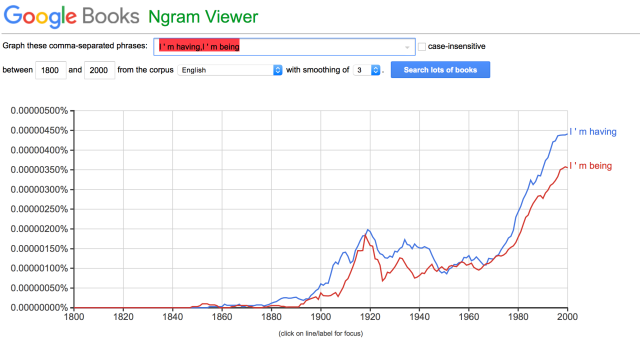Language is something that we use everyday, not only to communicate things to other people, but also to think, to organise ideas, to plan the future, and so on. But we never, or at least almost never, pay attention to the concept of language as a whole. Is it a system? Is it a tool? Is it in our genes? How does it work? but more fascinating How does it change?
If we consider language as a system then it must be composed of units and rules that organise those units. Units can be morphemes and phonemes, the smallest sense-elements that can somehow combined to produce a meaningful message. These units can be combined according to different morphosyntactic, semantic and pragmatic rules. Something so simple as My dog is quite funny involves a great deal of knowledge, lexical and semantic (the actual meaning of the words), morphosyntactic (how words may be formed and combined to produce a logical sentence), pragmatical (why, where, when, to whom, with what intention I’m producing this message), and many more.
The most striking thing about language is the it is alive!!! It is as dynamic as an organism!!! And in this sense it can be studied under the perspective of the life sciences.
More in a the next post!!


 Reference:
Reference: